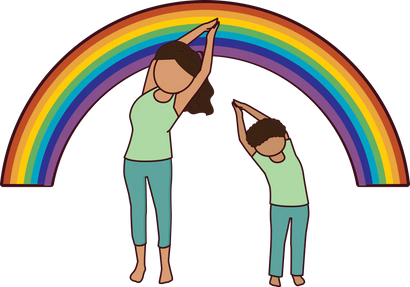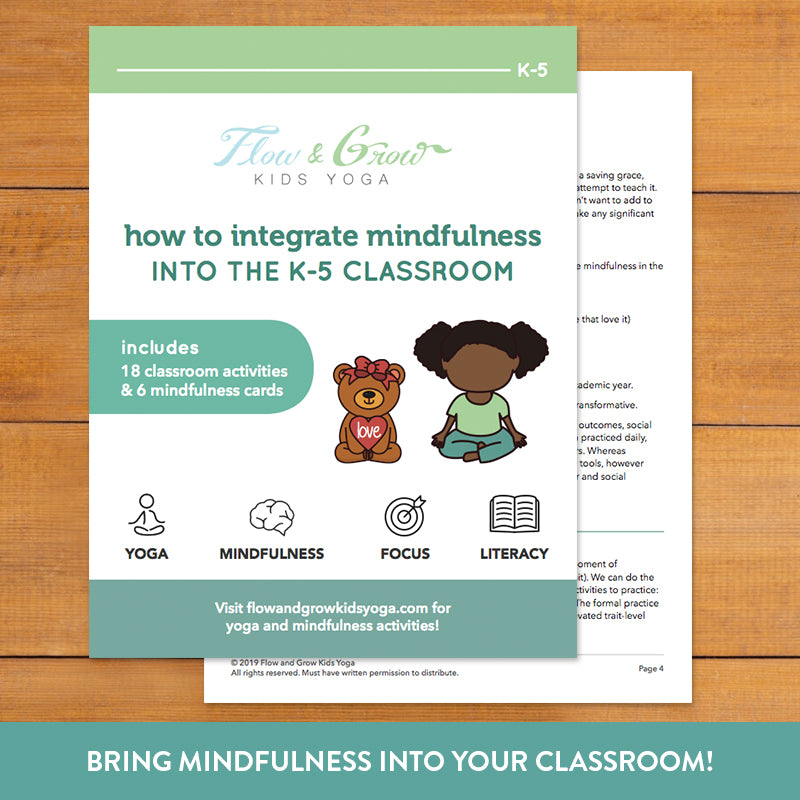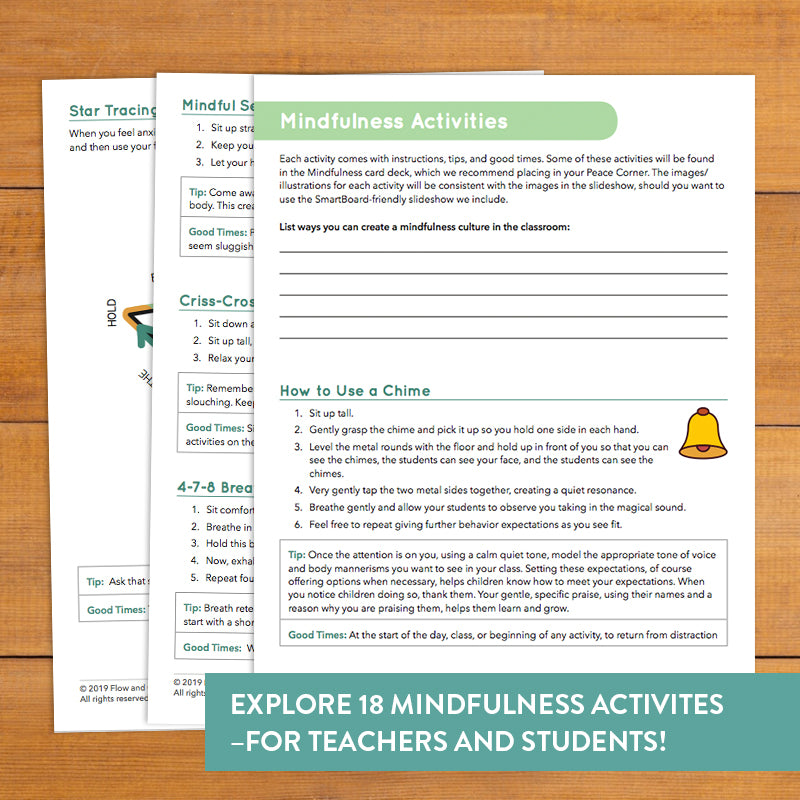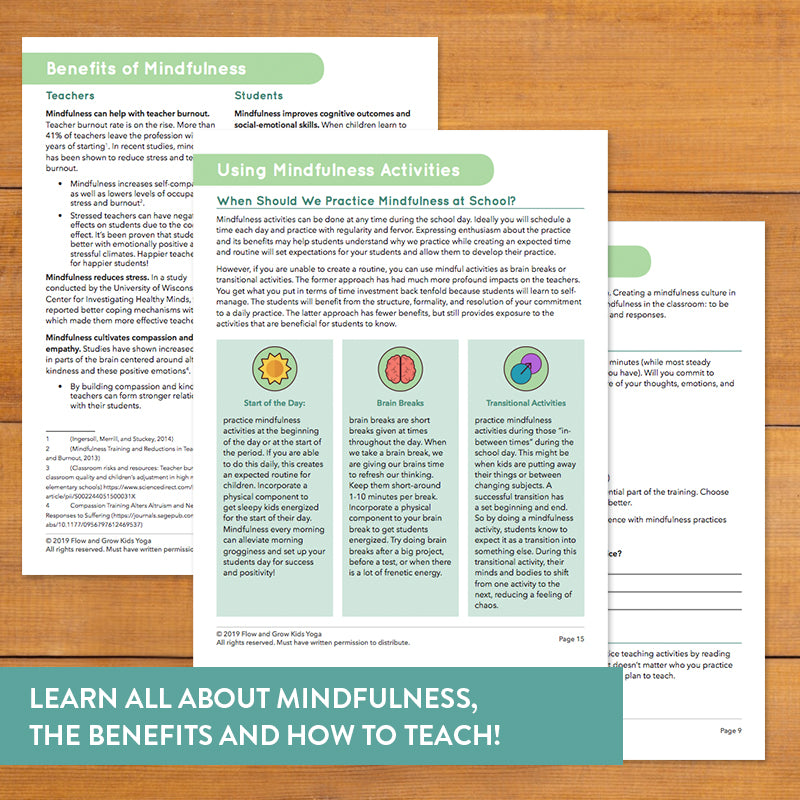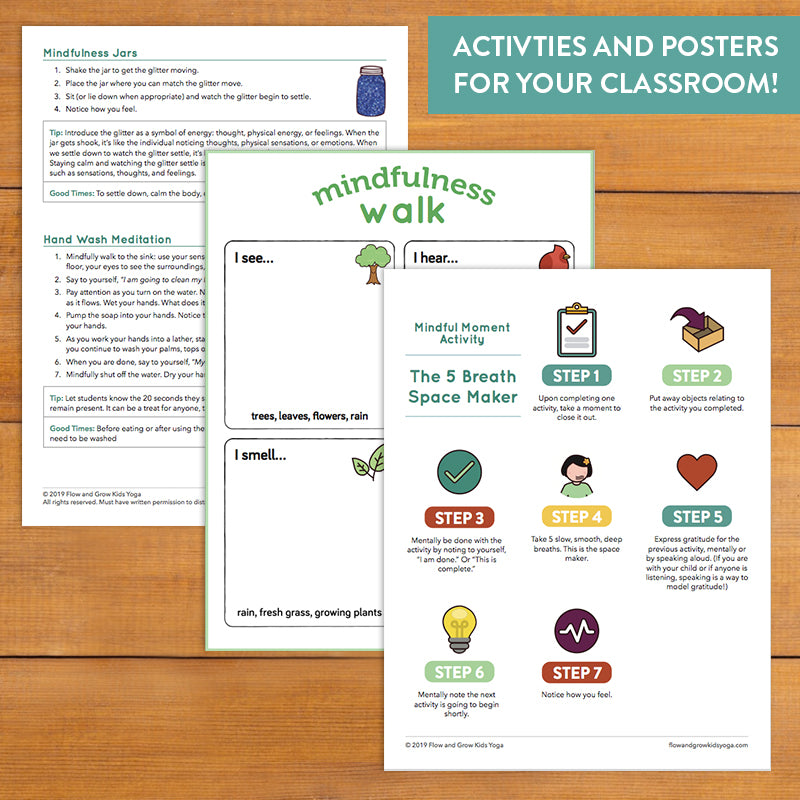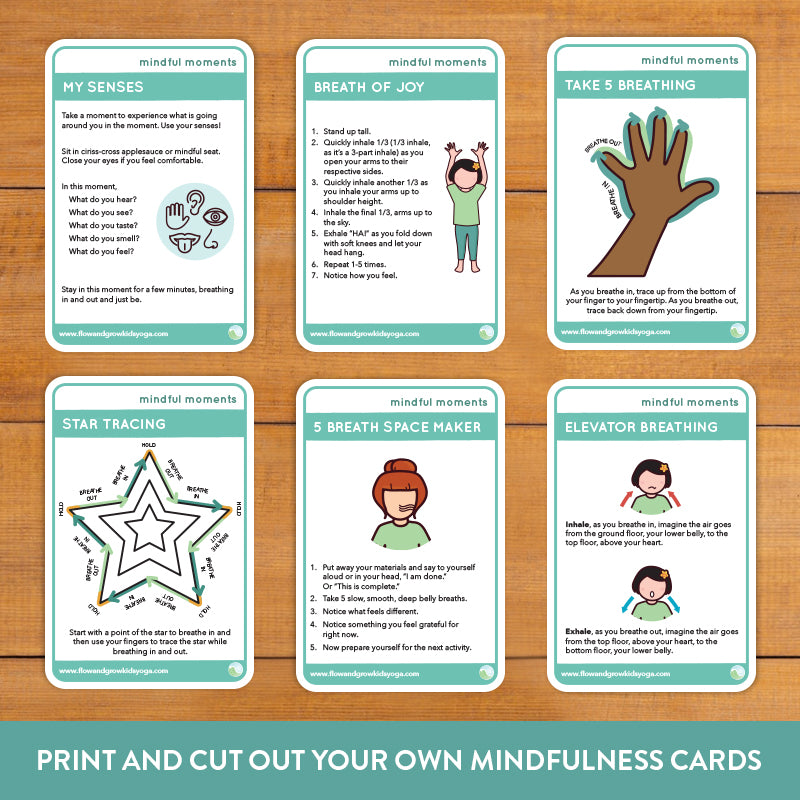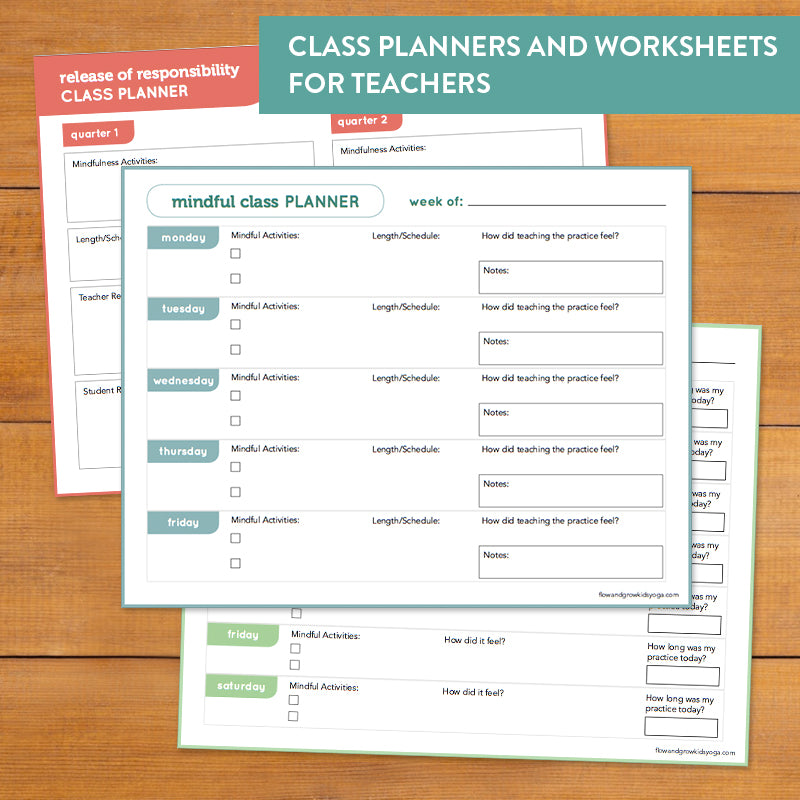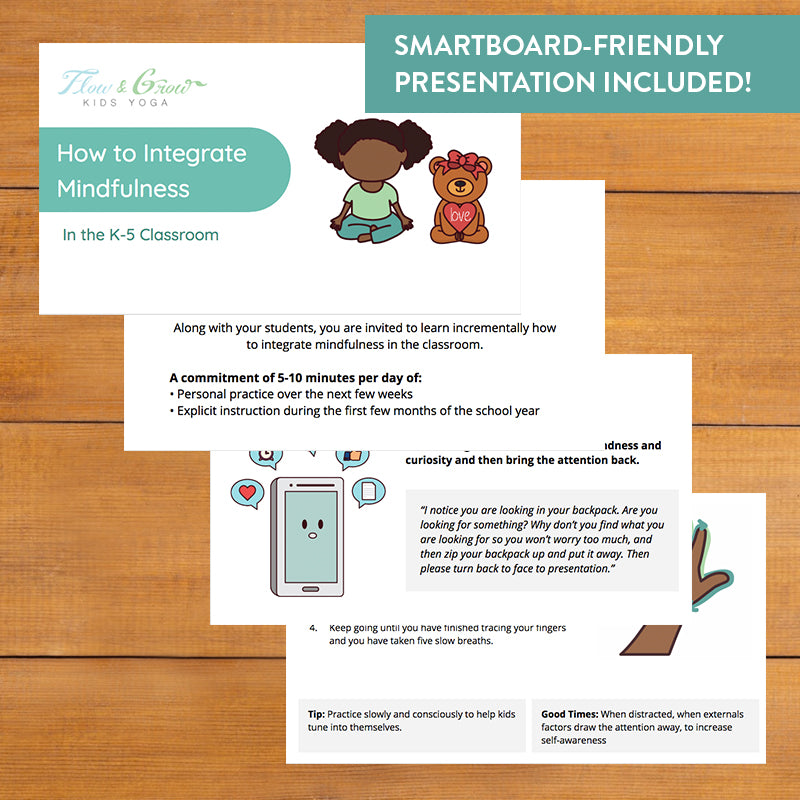Your Cart is Empty
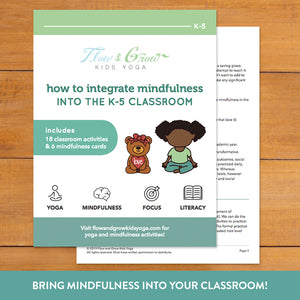
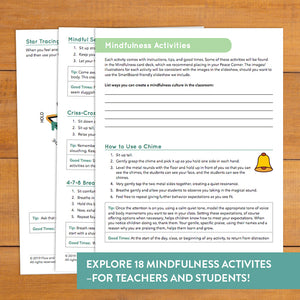

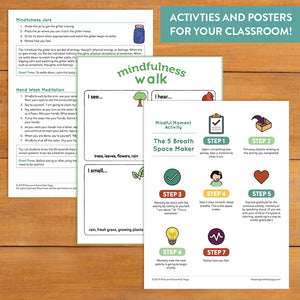
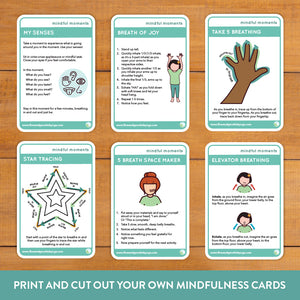
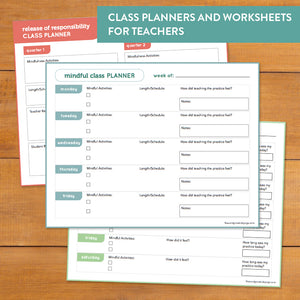

How to integrate Mindfulness into the classroom
Mindfulness for the Classroom: A Teacher's Guide plus 18 Student Activities
How to integrate Mindfulness into the classroom
What’s included:
44 page PDF packet
38 Slide Deck/ Presentation Deck
- What is mindfulness and how to teach mindfulness
- A Framework for Teaching
- 18 mindfulness class activities with instructions written for kids (K-5)
- Six mindfulness cards (printable to make copies for students and for your peace corner!)
- Five mindfulness planners and worksheets perfect for classroom and daily practice planning
- Two mindfulness activity posters
- One worksheet
In this manual, we cover the following:
- What is mindfulness
- How to establish a mindfulness practice
- How to integrate mindfulness into the K-5 classroom
- A method for developing your daily practice and extending this practice to your students
- How to teach mindfulness activities in a safe, engaging, and compassionate way
- Information and instructions to implement the teaching strategy of gradual release of responsibility
- 18 mindfulness activities
- Tips and good times for each activity
Learn how to teach mindfulness throughout the school day confidently.
Also applicable in after-school and home settings.
$40.00
